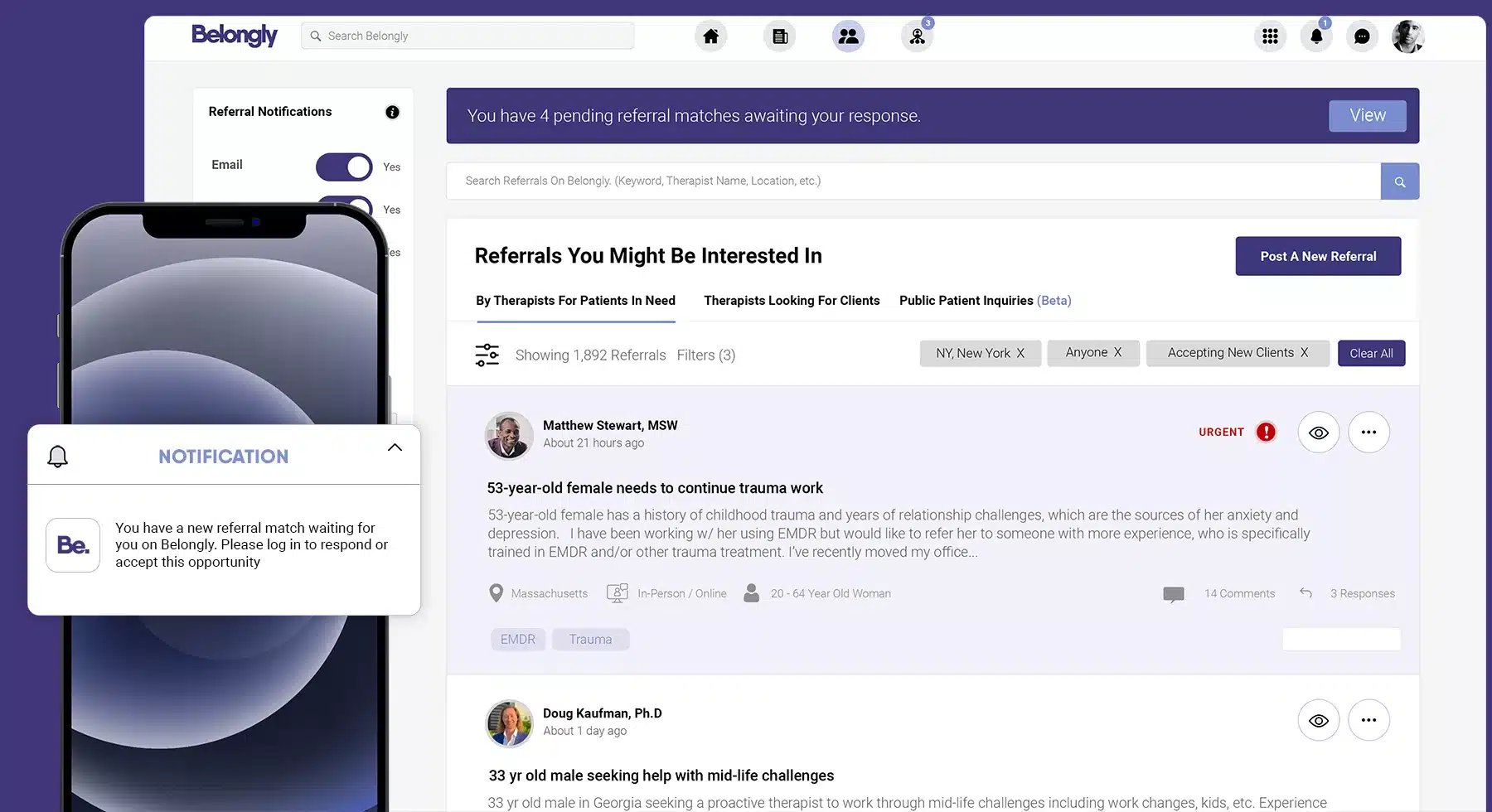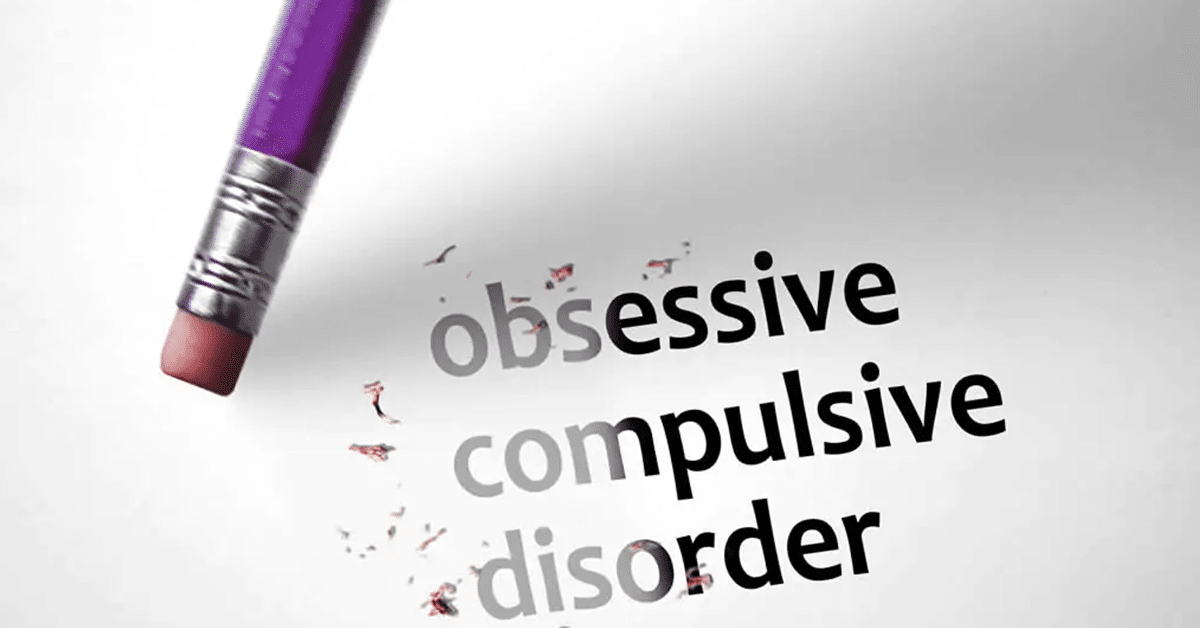“We think we listen, but very rarely do we listen with real understanding, true empathy. Yet listening, of this very special kind, is one of the most potent forces for change that I know.”
- Carl Rogers, founder of client-centered therapy
The idea of “client-centered therapy” may seem redundant to today’s therapists. Of course clients are the focus of treatment– how could it be any other way? But just because we prioritize the patient experience doesn’t mean we are practicing client-centered therapy.
Also known as person-centered or Rogerian therapy, client-centered therapy is a non-directive treatment approach that was developed by psychologist Carl Rogers in the early 1940’s. Prior to this time, the predominant treatment modalities were behavioral and psychodynamic therapy. These therapies placed the therapist in the role of “expert” and often pathologized patients as helpless, passive treatment recipients. In contrast, client-centered therapy sees the client as the expert and the therapist as a collaborative equal.
The goal of client-centered therapy is to create a supportive environment that empowers clients to work toward self-awareness and personal growth. The approach is founded on the belief that every client has the innate capacity for change and self-actualization.
Types of client-centered treatment approaches:
Since the 1940s and the work of Carl Rogers, providers have integrated client-centered approaches with other therapeutic techniques, each with a slightly different focus. Here are some of the most common client-centered treatment approaches:
Classic Client-Centered Therapy:
- Developed by Carl Rogers in the 1940s
- The role of the therapist is to create a safe and non-judgmental space where clients can explore their experiences and emotions.
- The therapist is non-directive, only periodically reflecting back what they have heard.
- The focus is on the present moment, rather than the past or future.
Emotion-Focused Therapy:
- Developed by Leslie Greenberg and Robert Elliot in the 1980s
- The role of the therapist is to help clients identify and express their emotions.
- The therapist is slightly more active than in traditional client-centered therapy, asking questions to help clients explore underlying meaning.
- The focus is on helping the client to develop emotional intelligence and improve emotion regulation.
Motivational Interviewing:
- Developed by William Miller and Stephen Rollnick in the 1990s
- The role of the therapist is to help clients explore their ambivalence towards change by asking open-ended questions.
- Often used in addiction treatment and other therapies oriented around behavior modification
- The focus is on helping clients to harness internal motivation, make their own decisions, and take responsibility for their actions.
Solution-Focused Therapy:
- Developed by Steve de Shazer and Insoo Kim Berg in the 1980s
- The role of the therapist is to help clients identify the resources and strengths needed to reach their goals.
- Based on the belief that clients have the capacity to solve their own problems
- The focus is on the future, rather than the past.
Note that all of these approaches share a common goal: to create a therapeutic environment where the client feels safe, accepted, and empowered to make their own decisions. Now let’s review some techniques used in client-centered treatment.
Techniques used in client-centered therapy:
Active listening:
Letting the client do most of the talking and reflecting back thoughts and experiences only in so far as it helps them feel understood.
Client empowerment:
Refraining from providing solutions or advice, instead encouraging the client to access internal strengths and resources.
Unconditional positive regard:
Accepting and supporting the client without judgment and regardless of their actions, thoughts, or feelings.
Congruence:
Being genuine and authentic in your interactions with clients instead of hiding behind a professional persona.
Empathic understanding:
Understanding and appreciating the subjective experience of the client without imposing your own opinions or beliefs.
How do client-centered therapies improve outcomes?
Randomized controlled trials indicate that client-centered therapies have lower drop-out, relapse, and recurrence rates. Though no one knows precisely why this is, it is likely that client-centered techniques like active listening and empathic understanding improve the client-therapist treatment alliance.
Keep Reading
Want more? Here are some other blog posts you might be interested in.









